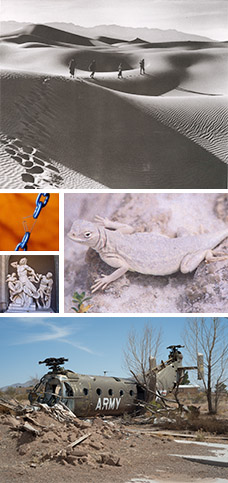
Gun Ranges and Systems
e by a prominent California movie company which later merged with Warner Brothers. It was the Silver City Reduction Works, the pride of Silver City and which fro a brief time was a boon to the economy, making mining in the Grant County possible in those early years. Some 60 years later, there is nothing left of the operation. The Silver City Reduction Works went by several names before it was finally scaped. It was originally build by the Hearst family to handle gold and si
lver ores hauled from their Pinos Altos mines. This were difficult years for the operation, and a final crunch came in 1902. The plans was handling just about every ore it could get - custom smelting incl
uded. And that meant copper was among those ores. Copper, in fact, was such a vital part of the smelter's daily operations that depressed copper market conditions forced a closure of the smelter. That was in April. On June 30, 30, 1903, the plant caught fire and was leEMRTCveled. Silver City's hopes were dashed since the whole operation was going to be sold and once again put into productions. The sale took place anyway, and Comanche M
ining Smel
- ting Co. was the new
- owner. The reductio
- n works were build o
n a larger
- scale. In 1906, the ne
- wspaper had this to say: "

